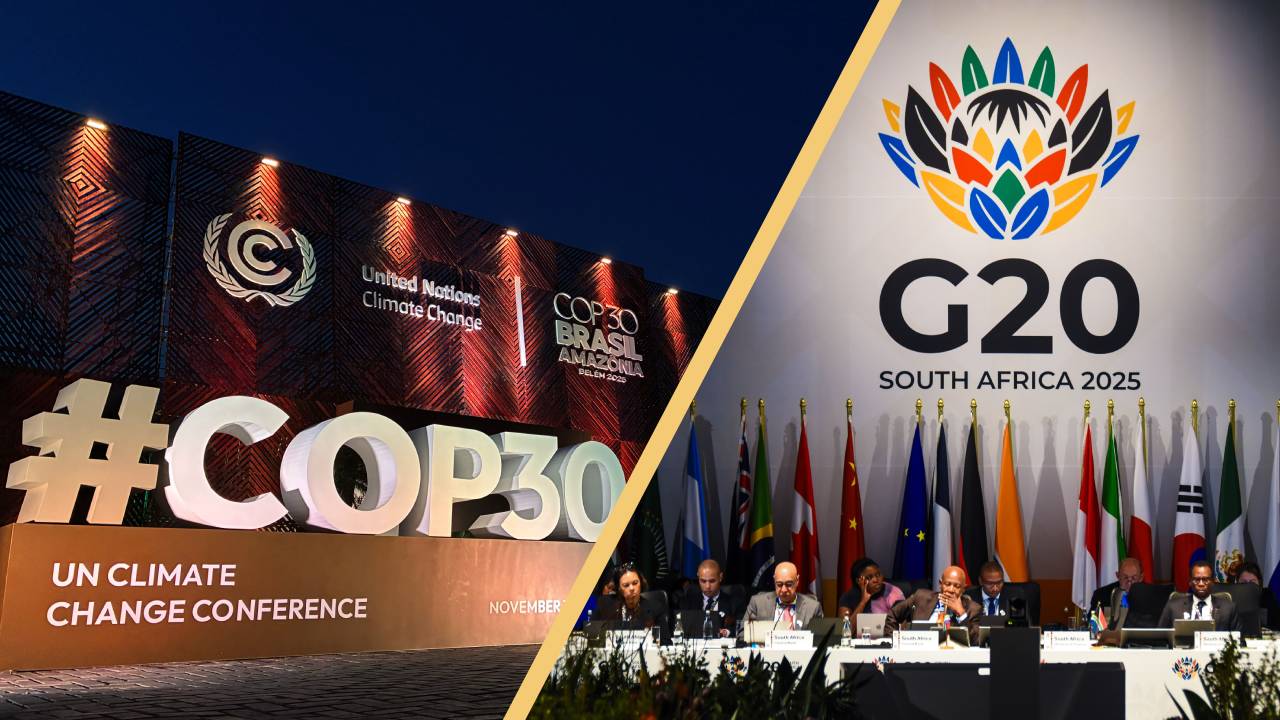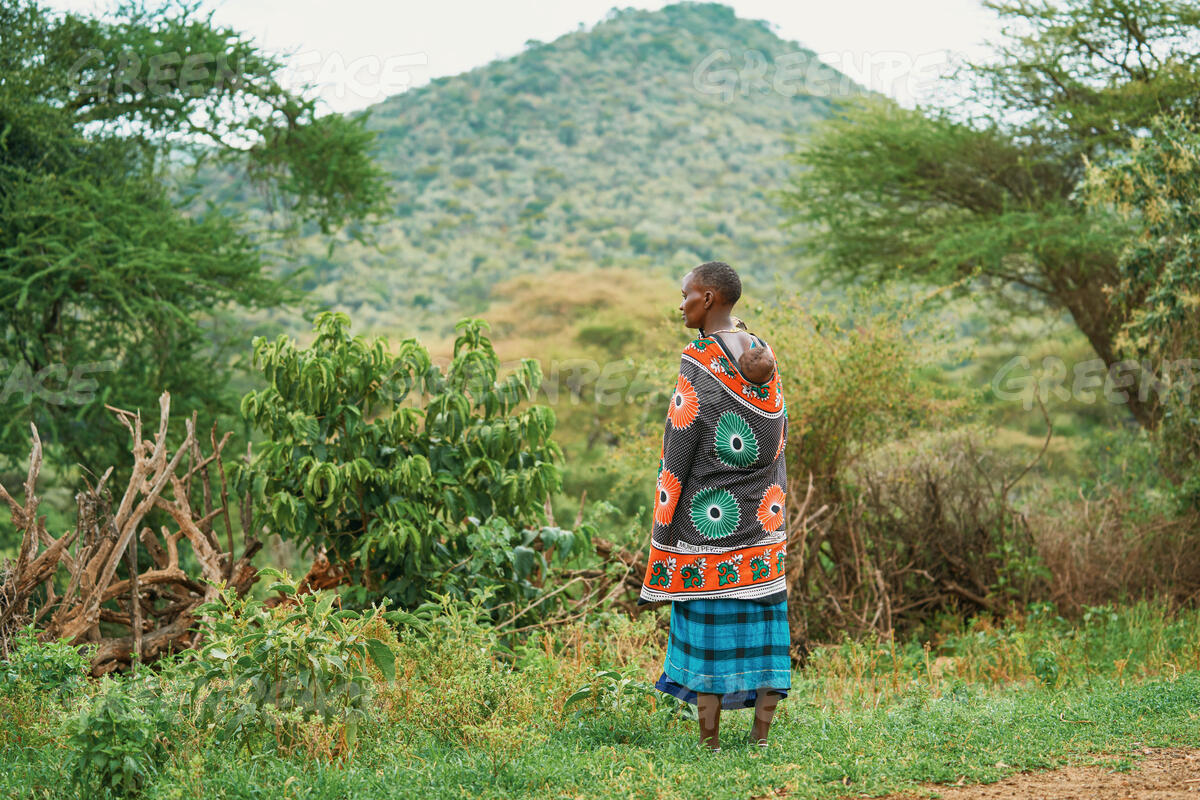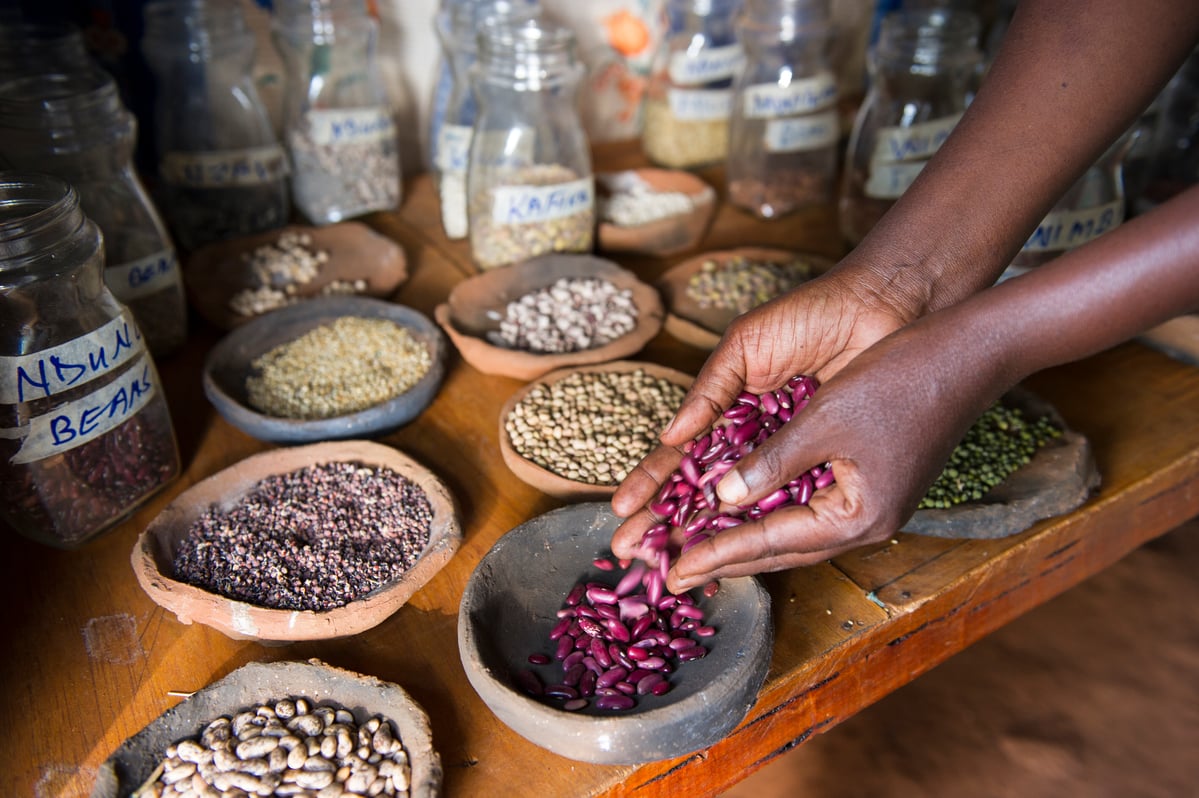30th October 2025 – Nairobi.
The Green Belt Movement and Greenpeace Africa firmly oppose the decision by the Government of Kenya to lift the logging ban in the Mau Forest Complex. The decision undermines years of progress in forest protection and exposes Kenya’s fragile ecosystems to renewed destruction. It also stands in clear contradiction to the government’s own pledges on environmental conservation and climate action.
The Mau Forest Complex is not just any forest. It is one of Kenya’s five major water towers, sustaining rivers, livelihoods and ecosystems across the Rift Valley, Western and Nyanza regions. Opening it up for logging threatens millions of Kenyans who depend on it for clean water, agriculture and stable weather patterns. To tamper with the Mau is to endanger the country’s food and water security.
According to the Forest Status Report 2024, Kenya loses an average of 84,716 hectares of forest every year to deforestation, while 14,934 hectares suffer degradation. The report also reveals that deforestation and forest degradation cost the economy an estimated KES 534 billion annually in lost ecosystem services, reduced rainfall, diminished water quality and soil erosion. These figures paint a grim picture of a country rapidly depleting its natural capital.
Even more concerning is that this decision comes only two years after the government launched the 15 Billion Tree Campaign, aimed at restoring Kenya’s landscapes and increasing tree cover by 2032. While the government may argue that the logging will be confined to plantations, the reality is that past practices have shown weak monitoring, non-transparent allocation and unsustainable extraction often spill over into conservation sites. Allowing logging within plantations located in critical water towers such as the Mau risks severe ecological damage, undermining the very restoration goals the country has set. It is deeply ironic to call on citizens to plant trees while sanctioning activities that destroy those that have taken decades to grow. Such policy inconsistency erodes public trust and makes a mockery of Kenya’s climate commitments.
Kenya’s tree cover currently stands at about nine percent, still below the constitutional target of ten percent. Instead of consolidating gains made through tree planting and restoration, this move risks reversing progress and deepening environmental degradation.
The Environment and Land Court ruling of 2023 that guided the initial lifting of the logging ban was explicit. Before any harvesting could resume, the government was required to create an implementation framework for proactive information sharing and genuine public participation in forest management. The court further ordered that the harvesting of 5,000 hectares of mature and over-mature plantation trees be supervised by a Multi-Agency Oversight Team, in full compliance with environmental laws and regulations.
There has been no public disclosure of any such framework, no evidence of compliance with these legal requirements and no indication that the weaknesses identified in the 2018 Taskforce Report on Forest Resources Management and Logging Activities have been addressed. The Taskforce had already highlighted governance gaps within the Kenya Forest Service, recommending stronger oversight, transparency in timber allocation and investment in private commercial plantations to ease pressure on public forests. These reforms remain unimplemented. This latest announcement therefore represents a serious breach of the court’s guidance and a setback for forest governance. It undermines Kenya’s credibility as a leader in climate action and forest restoration.
Kenya must reject the false choice between development and conservation. Sustainable growth depends on healthy ecosystems. Forests are not barriers to progress. They are the foundation of water security, agriculture, and economic resilience.
The Mau Forest Complex is too important to be treated as a political bargaining chip. Its destruction would jeopardise the stability of rivers that feed Lake Nakuru, Lake Victoria and numerous irrigation systems. It would worsen droughts, floods and food insecurity, undermining national resilience and climate adaptation efforts. This is not just environmental mismanagement; it is economic self-sabotage.
We make the following recommendations:
- The government must immediately comply with the court order requiring an implementation framework for proactive information sharing by publishing the Strategic Plan, Forest Management Plans and Felling Plans and ensure meaningful public participation before any harvesting resumes.
- Any harvesting should only occur under the full supervision of an independent Multi-Agency Oversight Team that includes civil society, experts and community representatives.
- The Kenya Forest Service must increase its capacity to protect forests through recruitment, training and deployment of adequate forest guards and investment in monitoring systems to prevent illegal logging.
- The Ministry of Environment and Forestry should accelerate investment in commercial plantations on private land to meet timber demand and relieve pressure on public forests.
- The government should fully account for the economic cost of deforestation by incorporating the KES 534 billion annual loss into national planning and budgeting.
- Any strategy to promote local furniture or timber industries must be built on sustainable raw material sources, not on the destruction of public forests.
- The government should issue a public compliance report on the implementation of the court orders and the 2018 Taskforce recommendations, detailing the reforms achieved to date.
Kenya cannot claim to be pursuing the planting of 15 billion trees with one hand while destroying its public forests with the other. This contradiction renders the entire tree-planting initiative meaningless. It is time for the government to align its words with action and to show genuine commitment to conservation, climate resilience and sustainable development.
The Green Belt Movement and Greenpeace Africa call for an immediate halt to all harvesting activities in the Mau until the government fully complies with the law and reinstates transparent, accountable forest governance. The future of Kenya’s forests, water and people depends on it.
For any enquiries contact Job Mwangi at [email protected] and Sherie Gakii at [email protected]
About the Green Belt Movement
The Green Belt Movement (GBM) is an environmental organization founded in 1977 by the late Professor Wangari Maathai, Africa’s first female Nobel Peace Laureate. GBM works to empower communities, particularly women, to conserve the environment, restore degraded ecosystems and improve livelihoods through tree planting, advocacy and climate action. Over the decades, GBM has facilitated the planting of more than 51 million trees across Kenya, championed environmental justice and played a key role in advancing national and global climate policy. The organization continues to stand at the forefront of efforts to safeguard Kenya’s forests and natural heritage for current and future generations.
About Greenpeace Africa
Greenpeace Africa is part of the global Greenpeace movement, which works in over 55 countries to promote environmental justice, peace and the protection of the planet’s life-support systems. Established in Africa in 2008, Greenpeace campaigns for climate action, sustainable agriculture and the preservation of forests and oceans. In Kenya, Greenpeace works closely with communities and partners to advocate for transparent environmental governance, renewable energy and the protection of vital ecosystems such as forests and water towers. Its mission is to ensure that people and nature thrive together in a green, peaceful and just world.



